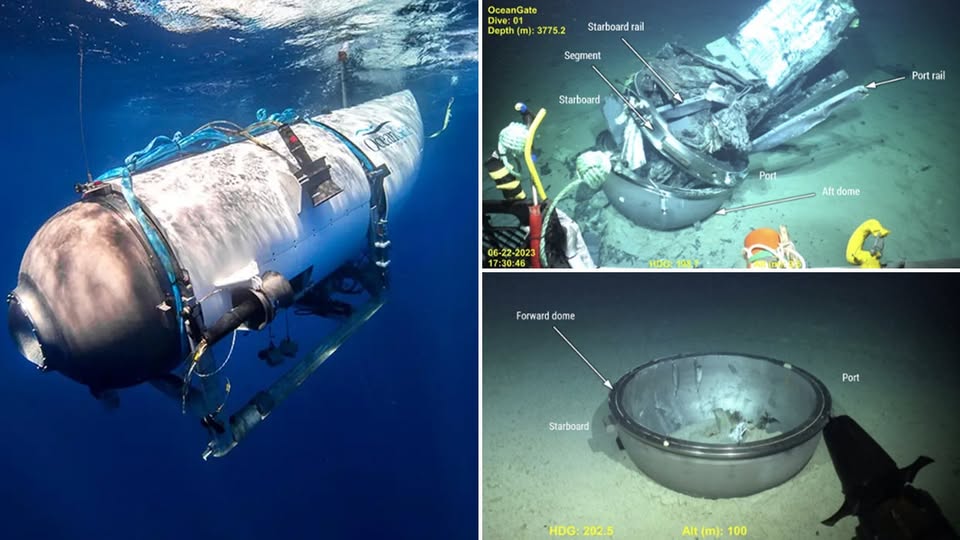A new National Transportation Safety Board (NTSB) report has revealed critical flaws in the Titan submersible, which exploded near the Titanic wreck site in 2023, killing all five people on board. The report highlights damaged carbon-fibre components, inadequate engineering, and ignored safety warnings as primary factors in the tragedy.
Georgia Teen Arrested for Allegedly Striking Younger Sister While Supervising Siblings
What Happened: Titan Submersible Explosion
The Titan, operated by Oceangate, suffered a catastrophic explosion during Dive 88 in the North Atlantic Ocean. The NTSB found that delamination damage to the carbon-fiber hull from previous dives, especially after Dive 80, progressively weakened the vessel. Further damage after Dive 82 compounded the problem.
The weakened hull suffered local buckling failure, causing the explosion and the instant death of all five occupants. Real-time monitoring systems failed to alert engineers due to misread sensors or dismissed alarms.
Background: Titan and Oceangate
Titan was an experimental carbon-fibre submersible designed for deep-sea tourism and exploration. Oceangate’s CEO, Stockton Rush, who died in the incident, had overseen dives on a vessel that had not undergone adequate certification or strength testing.
Earlier investigations had noted structural fatigue, but the NTSB report links these weaknesses directly to Dive 88 and material contamination in the carbon-fiber hull. The tragedy has raised serious concerns about regulation of private deep-sea exploration and emergency response preparedness.
Inquiry Details: Technical Failures and Oversight
The NTSB report emphasizes the technical failure of Titan’s hull. Layers within the carbon-fiber vessel began delaminating, weakening the pressure hull over multiple dives. Oceangate’s engineering procedures failed to verify the true strength and durability of the vessel, resulting in catastrophic failure.
The report also criticizes Oceangate’s emergency protocols, noting that proper procedures could have expedited wreck detection, though rescue remained impossible due to the severity of the explosion.
Public and Industry Reactions
The report has sparked renewed scrutiny of private submersible operations. Safety advocates and maritime experts are calling for stricter regulations and oversight. Social media discussions have amplified awareness, with hashtags like #TitanSubmersible and #OceanGateSafety trending globally.
A maritime safety analyst said, “Titan’s failure underscores the risks of experimental deep-sea exploration without rigorous testing. Lives depend on strict adherence to engineering and safety standards.”
Official Statements and Recommendations
The NTSB recommends a Coast Guard-led panel of deep-submarine experts to study current pressure-vessel operations and develop U.S. regulations for human-carrying submersibles.
The report emphasizes that existing regulations for small passenger ships allowed Oceangate to operate the Titan unsafely. It urges the dissemination of findings to ensure that private submersible operators adopt rigorous safety measures, especially as privately funded exploration expands.
Conclusion
The NTSB report on the Titan disaster serves as a critical warning for private submersible operators. Weak engineering, ignored warnings, and inadequate oversight contributed to a preventable tragedy. Stricter safety standards and industry accountability are essential to prevent future loss of life in deep-sea exploration.


1 thought on “NTSB Report Reveals Design Flaws Behind Titan Submersible Disaster That Killed Five”